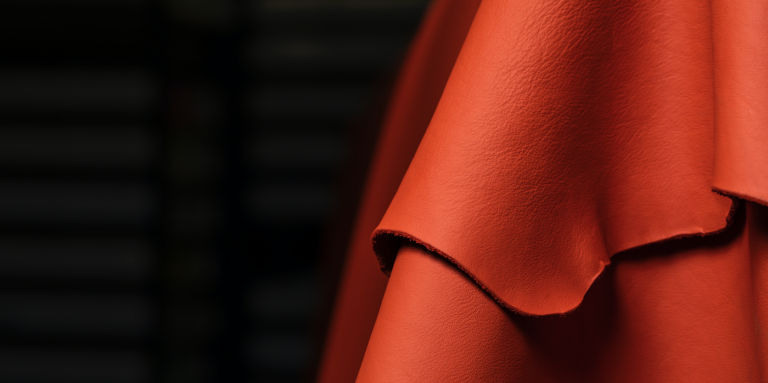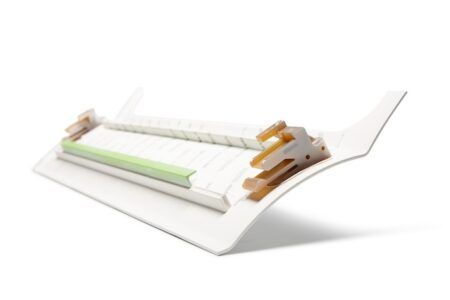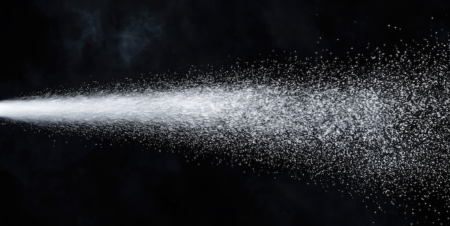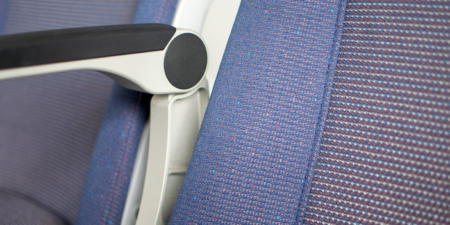Scottish Leather Group has published its 2021 Sustainability Report, detailing the company’s progress towards its goal of zero-impact leather manufacturing. The group’s brands include Bridge of Weir Leather, an automotive leather supplier; Lang, a tanning specialist; and Muirhead, a manufacturer of high-performance leathers for the aviation, bus, coach, rail, furniture and luxury goods sectors.
Muirhead supplies leathers to 160 airlines, and it says that the independent life cycle analysis (LCA) of its entire manufacturing operations has verified that it has the lowest-possible carbon intensity in its manufacturing process.
The group has been committed to responsible and sustainable manufacturing over the past 20 years, with a series of multi-million-pound investments implemented, including initiatives such as a Thermal Energy Plant (TEP) and Water Treatment & Recycling Plant (WTRP) that enable its companies, including Muirhead, to manufacture what they claim is leather with the world’s lowest carbon intensity, measured at 1.1kg of CO2 per hide – a 90% reduction from 10.3kg of CO2 two decades ago.
Through the adoption of circular manufacturing, the group diverts more than 80% of its waste from landfill. The leather manufacturer also aims to have a 100% closed-loop process as it strives to become carbon-neutral by 2025–– 20 years ahead of Scotland’s net-zero ambitions.
All the raw hides used in the group’s leather-making are a by-product of the beef and dairy industries, of which over 98% are sourced locally within the UK and Ireland. This includes over 79% of all the grass-fed livestock in Scotland, which have been classified as carbon-neutral, according to Quality Meat Scotland. Muirhead’s rawhides are sourced from suppliers with 100% traceability and without risk of deforestation.
The TEP reclaims energy as steam and uses a proportion of this heat to directly power its tannery. Within its TEP, a new partnership with luxury brand Mulberry will see Muirhead recover end-of-life leather into fuel as part of a take-back scheme, ensuring that old leather can contribute to the manufacture of new products.
Muirhead sources natural, clean, local water from its own loch. Its WTRP plant enables the recycling of up to 40% of treated water back into use within production, while its tannery uses 50% less water per hide than the industry standard.
This year, the company sees the implementation of LCA as a further step towards realising its sustainability goals and delivering its future commitments. The analysis, conducted by independent consultants, enables Scottish Leather Group to measure the long-term impact of its activities, verify its supply chains, and identify opportunities to reduce its overall impact. For Muirhead, its lowest carbon leather, as measured and validated by LCA, directly supports its airline customers and their journey to net-zero carbon emissions across their entire supply chains.
Dr Warren Bowden, sustainability and innovation director at Scottish Leather Group said, “We believe that leather is a naturally sustainable product and that it should be produced in a responsible manner too. Over the last two decades, our pioneering approach has seen it reduce our CO2 per hide from 10.3kg per hide to 1.1kg per hide – a decrease of 90% – and we are fully committed to lowering this figure even further, with the long-term goal of net zero carbon 2025.”
“Our life cycle analysis is a powerful ‘carbon accounting’ tool for measuring how responsible our consumption of raw materials and our production of leather is, enabling a true and fair comparison against the impact of other products and materials,” added Bowden. “This rigorous measurement fully supports the strategic approach of the Scottish Leather Group and Muirhead’s customers, the world’s most respected aviation, mass transit, furniture and luxury goods brands, with independently verified sustainability data.”
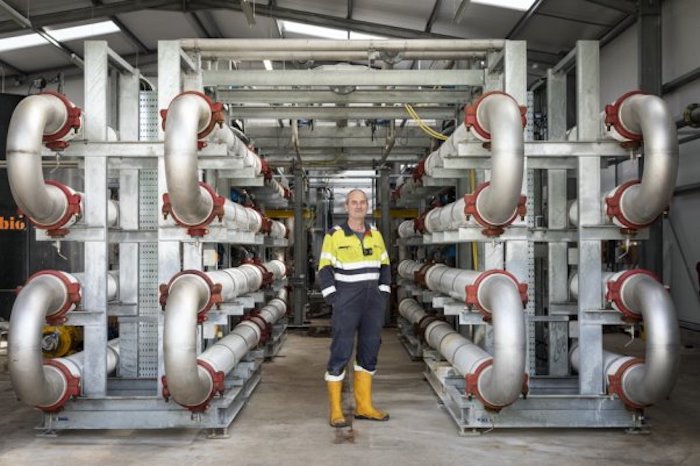
Future commitments to further reduce emissions
Through its LCA, Muirhead has identified opportunities to further lower its carbon intensity.
Dr Bowden explained, “The current LCA uses generic farming data, not specific ‘primary’ data, which is based on Scottish farming – widely recognised as being net zero – so there is a potential for Muirhead’s CO2 impact to be even lower once this is factored in. Added to this, we are also working on a series of innovations, including biobased alternatives to existing tanning agents, and novel tannages which utilise technology and pioneer new techniques.”
“Scottish Leather Group is planning to source renewable gas to reduce the carbon impact and continue the increased utilisation of self-generated or recovered heat. We believe we can also become net carbon positive if we switch to green gases and continue to export biofuel.”
Scottish Leather Group’s 2021 Sustainability Report can be accessed HERE.


